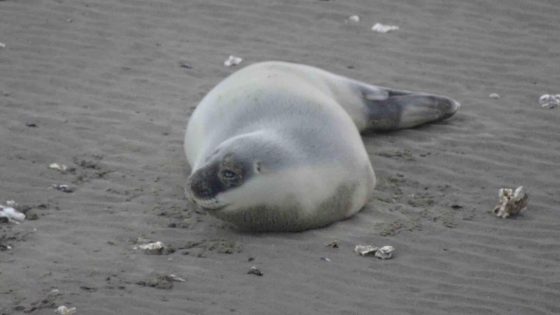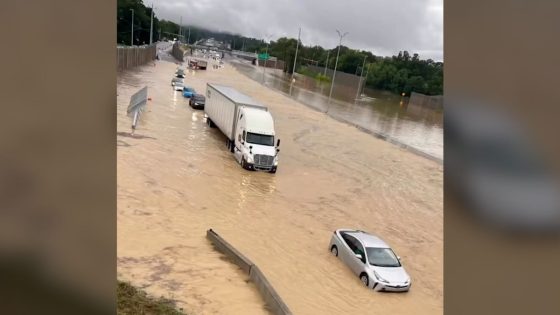Seals resting on Belgian beaches have become a familiar sight, a stark contrast to the rarity they represented in the 1980s. On 2025-08-25 23:20:00, observations confirmed the presence of a young hooded seal, or klapmuts, an unusual visitor to our shores. This species typically inhabits the icy waters of the Arctic, making its appearance here notable.
- Zeehonden liggen tegenwoordig in Oostende en Nieuwpoort
- Klapmuts is zeldzaam in Belgische wateren
- Populatie klapmuts stijgt door minder jacht
- Klimaatverandering bedreigt klapmuts’ noordpoolhabitat
- Klapmuts kan tijdelijk overleven bij hogere temperaturen
- Eerdere klapmutswaarnemingen resulteerden deels in sterfte
While seals like those seen in Nieuwpoort and Oostende are now common, the hooded seal remains a rare spectacle, with only five confirmed sightings in Belgium. How does such a cold-water species end up in our temperate seas, and what does this mean for its survival?
Understanding the significance of these rare visits sheds light on the broader impacts of climate change and shifting marine environments, prompting US to consider the future of these Arctic visitors along our coast.
Could the hooded seal’s occasional presence in Belgium signal a shift in marine ecosystems? While the species thrives in cold Arctic waters, climate change is disrupting its habitat, possibly driving it southwards. Key points include:
- The hooded seal population has increased due to reduced hunting by Norwegians, Russians, and Canadians.
- Climate change puts severe pressure on the Arctic environment, threatening the seal’s natural habitat.
- Despite appearing healthy, the seal faces challenges surviving in warmer waters around Belgium.
- Previous sightings show mixed survival outcomes, emphasizing the uncertainty of their adaptation.
As these unusual sightings continue, should Belgian authorities and conservationists increase efforts to study and protect both native and visiting marine species? Keeping a close eye on these developments will be crucial to safeguarding our coastal ecosystems in a changing world.

































